Clcn1 | Novel Muscle Chloride Channel Clcn1 Mutations In Myotonia Congenita With Various Modes Of Inheritance Including Incomplete Dominance And Penetrance Neurology
That gene normally produces a protein that controls chloride channels in skeletal muscle fibre cells. The CLC channel family contains both chloride channels and proton-coupled anion transporters that exchange chloride or another anion for protons Probable.

Splicing Patterns Of The Clcn1 5 7 Minigene A Structure Of The Download Scientific Diagram
To explore the potential contribution of genetic variation in voltage-gated chloride channels to epilepsy we analyzed CLCN family CLCN1-7 gene variant profiles in individuals with complex idiopathic epilepsy syndromes and determined the expression of these channels in human and murine brain.
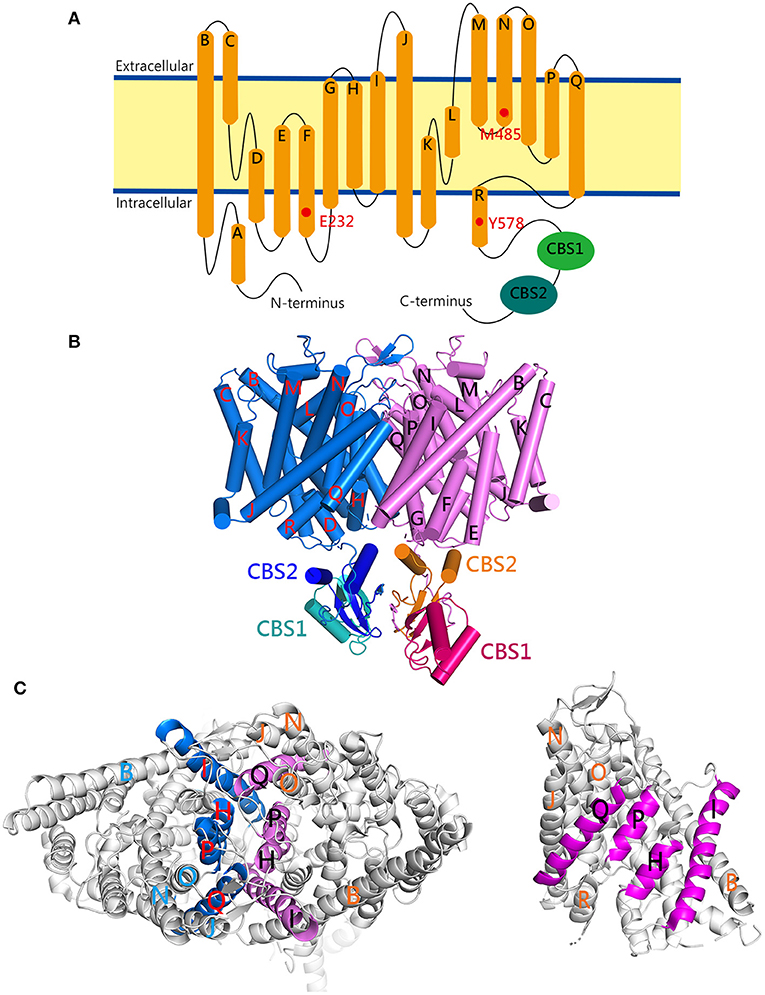
Clcn1. CLCN1 gene have been identified with only a few of them being dominant. The CLCN family of voltage-dependent chloride channel genes comprises nine members CLCN1-7 Ka and Kb which demonstrate quite diverse functional characteristics while sharing significant sequence homology. CLCN1 mutations cause autosomal recessive generalised myotonia congenita Becker type and autosomal dominant myotonia Thomsen disease.
Other articles where CLCN1 is discussed. Defects in CLCN1 are the cause of Thomsen disease THD MIM160800. 12723 updated on 14-Oct-2021.
Myotoniain a gene known as CLCN1 chloride channel 1 skeletal muscle. BackgroundCLCN1-related myotonia congenita MC is one of the most common forms of non-dystrophic myotonia in which muscle relaxation is delayed after voluntary or evoked contraction. Chloride channel protein 1 arrested development of righting response chloride channel protein skeletal muscle.
Diseases associated with CLCN1 include Myotonia Congenita Autosomal Recessive and Myotonia Congenita Autosomal DominantAmong its related pathways are Activation of cAMP-Dependent PKA and Ion channel transportGene Ontology GO annotations related to this gene include ion channel activity and adenyl. CLCN1 - Explore an overview of CLCN1 with a histogram displaying coding mutations full tabulated details of all associated variants tissue distribution and any drug resistance data. This is version 120 of the entry and version 1 of the sequence.
We used parallel exomic sequencing of 237 ion channel subunit genes to. We gratefully acknowledge the work of Ieke Ginjaar LUMC Leiden and Vincent Janmaat LUMC Leiden submitting published variants to this gene variant database. Browse primary antibodies for WB Flow IHC ICCIF ELISA IP and other applications.
Five patients with myotonia congenita due to mutations in CLCN1 gene were enrolled which. Non-dystrophic myotonias NDM are rare hereditary neuromuscular diseases caused predominantly by mutations in CLCN1 or SCN4A respectively coding for the voltage-gated muscle channels ClC-1 and NaV14 1 2More than 150 CLCN1 and at least 100 SCN4A myotonia-associated gene variants are currently known The common feature of these diseases is the altered electrical. Our CLCN1 polyclonal antibodies are developed in Rabbit.
The protein encoded by this gene regulates the electric excitability of the skeletal muscle membrane. Govt MeSH terms Amino Acid Sequence. These channels which transport negatively charged chlorine atoms chloride ions play a key role in a cells ability to generate and transmit electrical signals.
In mouse brain neuronal expression of Clcn1 was detected in the pyramidal and dentate granule cells of the hippocampus cerebellar Purkinje cells scattered brainstem nuclei frontal neocortex and thalamus. The CLCN1 gene is associated with autosomal dominant and recessive myotonia congenita MedGen UID. Three family kindreds are described all of whom possess protein truncating mutations Y33X fs503X R894X.
Recombinant Human CLCN1 protein is a Wheat germ Full length protein 1 to 988 aa range and validated in WB ELISA. Publication types Research Support Non-US. Find the CLCN1 antibody that fits your needs.
Mutations in this gene cause two forms of inherited human muscle. Fiona Norwood Michael Rose in Neurology and Clinical Neuroscience 2007. However there is limited data of clinical and molecular spectrum of MC patients in ChinaPatients and Methods.
Clcn1 chloride channel voltage-sensitive 1 house mouse Gene ID. Its two-pore structure is distinct from cation channelsIn addition to playing key roles in establishing the resting membrane potential chloride channels effectively raise the threshold. Q9MZT1 Primary citable accession number.
However defects in CLCN1 disrupt ion flow causing muscles to contract for prolonged periods of time. The CLCN1 gene homepage. Clcn1 was also expressed in the brain and heart of developing and adult mice.
Choose from 1 of 6 CLCN1 antibodies which have been validated in experiments with 8 images featured in our data gallery. One lineage also has coexistent R894X A313T and A320V mutations. As mentioned earlier mutations in CLCN1 cause both dominant and recessive MC.
Mutation of the human skeletal muscle sodium channel. A common phenotype of dominant mutations is a dominant negative effect of mutant subunits in mutant-WT heterodimers causing a large shift of the steady-state open probability voltage-dependence towards more posi-. The CLCN1 gene provides instructions for making a type of protein called a chloride channel.
No CLCN1 mutations were identified in two families. A gene on chromosome 7q34 that encodes a voltage-gated chloride channel that regulates the electric excitability of skeletal muscle membranes. Establishment of this gene variant database LSDB was supported by the Leiden University Medical Center LUMC Leiden Nederland.
Our data support the presence of genetic heterogeneity and additional modifying factors in myotonia congenita. The protein encoded by this gene ClC-1 is comprised of symmetric homodimers Figure 983 that produce two ion-conducting pores. Plays an important role in membrane repolarization in skeletal muscle cells after muscle contraction.
CLCN1 Chloride Voltage-Gated Channel 1 is a Protein Coding gene. THD is characterized by skeletal muscle stiffness delayed relaxation due to membrane hyperexcitability. CLCN1 mutations are spread throughout the sequence of the gene Pusch and are predicted to produce functional changes in the chloride channel protein CIC-1 with faulty assembly of subunits impaired ion channel formation and channel dysfunction Fig.
The Y33X mutation kinship has autosomal recessive inheritance and a severe. Myotonia congenita due to protein truncating CLCN1 mutations is associated with variable patterns of inheritance. Also known as autosomal dominant myotonia congenita MCD.
Voltage-gated chloride channel PubMed8112288 PubMed9122265 PubMed12456816. A variant form of Thomsen disease is myotonia levior that is characterized by milder symptoms later onset and.

Clcn1 An Overview Sciencedirect Topics
Full Article Sequence Clcn1 And Scn4a In Patients With Nondystrophic Myotonias In Chinese Populations Genetic And Pedigree Analysis Of 10 Families And Review Of The Literature
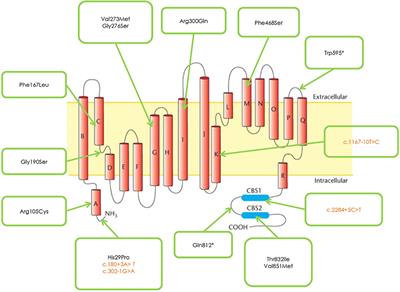
Frontiers Clcn1 Molecular Characterization In 19 South Italian Patients With Dominant And Recessive Type Of Myotonia Congenita Neurology

Membrane Topology Of The Chloride Channel The Model Shows The Skeletal Download Scientific Diagram
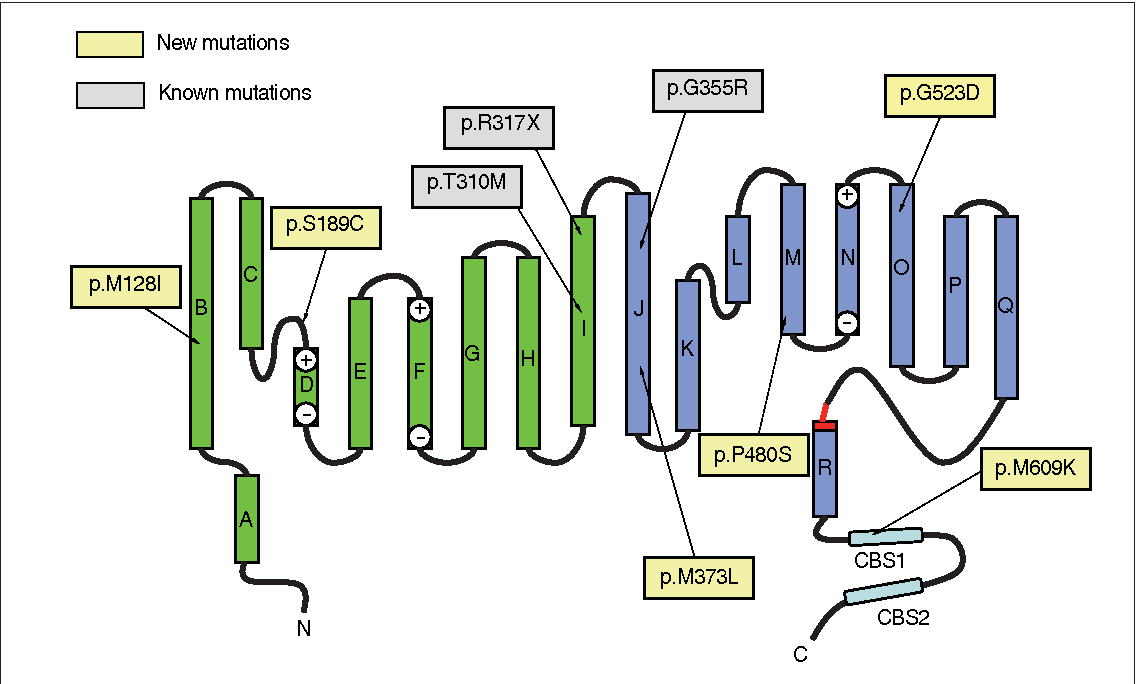
Pdf Novel Clcn1 Mutations And Clinical Features Of Korean Patients With Myotonia Congenita Semantic Scholar

Aon Mediated Exclusion Of Clcn1 Exons 6b And 7a In Hek293 Cells A Download Scientific Diagram
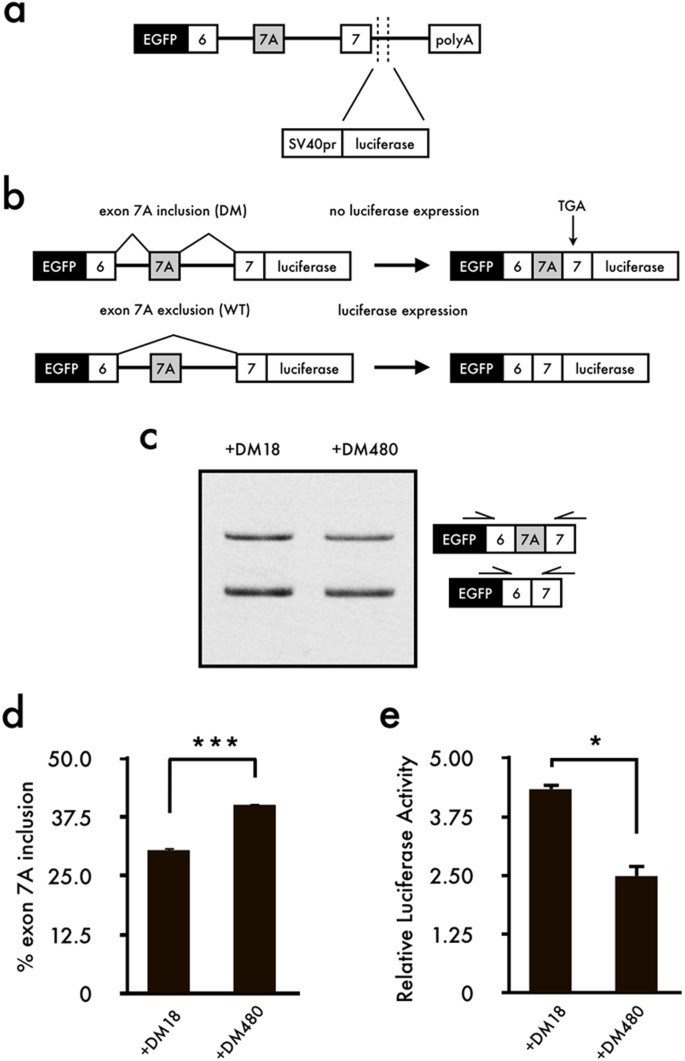
Manumycin A Corrects Aberrant Splicing Of Clcn1 In Myotonic Dystrophy Type 1 Dm1 Mice Scientific Reports
Clcn1 Chloride Voltage Gated Channel 1

Figure 2 From Novel Muscle Chloride Channel Clcn1 Mutations In Myotonia Congenita With Various Modes Of Inheritance Including Incomplete Dominance And Penetrance Semantic Scholar

Clcn1 Membrane Protein Introduction Creative Biolabs
Clcn1 Gene Genecards Clcn1 Protein Clcn1 Antibody
Clcn1 Mutations In Czech Patients With Myotonia Congenita In Silico Analysis Of Novel And Known Mutations In The Human Dimeric Skeletal Muscle Chloride Channel

Clcn1 Mutations Identified In The Studied Cohort Download Scientific Diagram
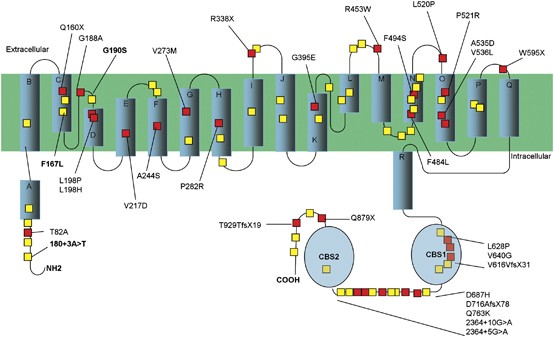
A Large Cohort Of Myotonia Congenita Probands Novel Mutations And A High Frequency Mutation Region In Exons 4 And 5 Of The Clcn1 Gene Journal Of Human Genetics

A Splicing Diagram Of The Clcn1 Isoforms Across Exons 4 8 Detected In Download Scientific Diagram

Novel Muscle Chloride Channel Clcn1 Mutations In Myotonia Congenita With Various Modes Of Inheritance Including Incomplete Dominance And Penetrance Neurology

Location Of Mutations In The Clcn1 Chloride Channel Protein Only Download Scientific Diagram
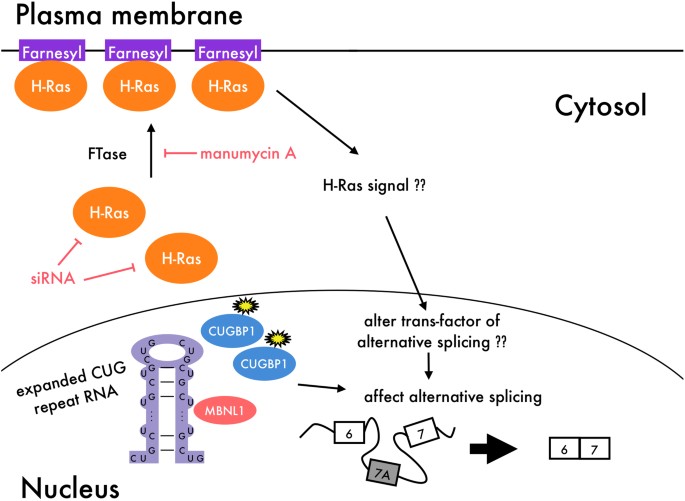
Manumycin A Corrects Aberrant Splicing Of Clcn1 In Myotonic Dystrophy Type 1 Dm1 Mice Scientific Reports

Frontiers Defective Gating And Proteostasis Of Human Clc 1 Chloride Channel Molecular Pathophysiology Of Myotonia Congenita Neurology
